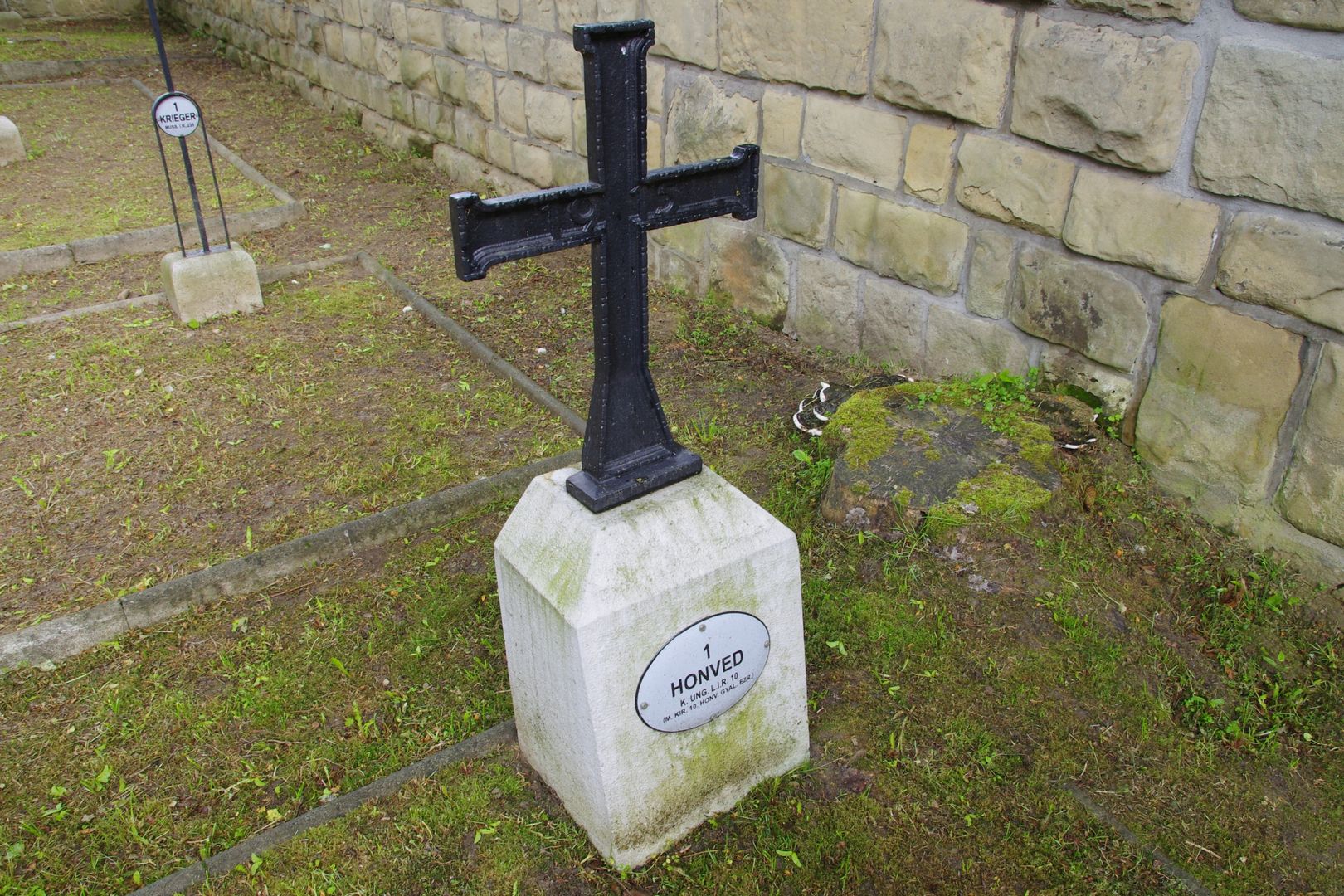War cemetery No. 109 - Biecz
6.9

Overview
War Cemetery No. 109 in Biecz is a memorial site established during World War I, located in the Lesser Poland Voivodeship, in Gorlice County. It is one of over 400 war cemeteries built by the Department of War Graves of the Imperial and Royal Military Command in Krakow, and it forms part of a group of 54 such sites in the Gorlice District III. After World War II, the cemetery fell into neglect, suffering damage from weather conditions and vandalism, which led to the loss of many original elements, such as the cast-iron crosses that were stolen. Despite these adverse circumstances, a comprehensive renovation was carried out in 2017, restoring the cemetery to good condition.
The cemetery is the final resting place for 271 soldiers, including 26 from the Austro-Hungarian Army, 8 from the German Army, and 137 from the Russian Army, highlighting the international nature of the conflict and the respect for the fallen from various nations. Designed by Hans Mayr, the cemetery features a full stone enclosure integrated into the landscape, with a gate surrounded by semicircular bastions. Its main decorative element is a wooden Latin cross with a semicircular glory, and the soldiers' graves are arranged in rows, surrounded by concrete borders, with gravel-filled pathways. The tombstones typically feature various types of crosses and nameplates commemorating the fallen.
War Cemetery No. 109 in Biecz is an important part of the region's cultural heritage, serving as a reminder of the tragic events of World War I and the sacrifices made during the conflict. Its architecture and history underscore the importance of preserving the memory of past events, and its renovation in 2017 exemplifies the care and respect for history. The cemetery is not only a resting place for the fallen but also a site for reflection on war and its tragic impact on humanity.
Location
2025 Wizytor | All Rights Reserved